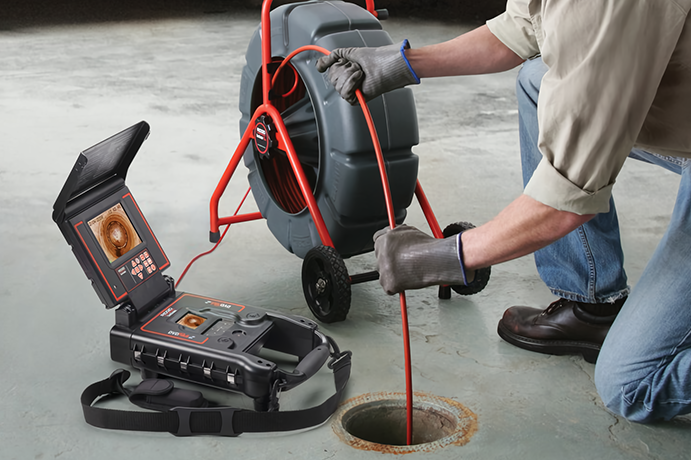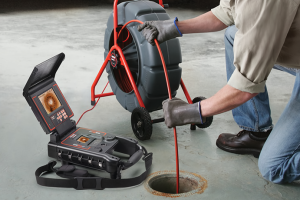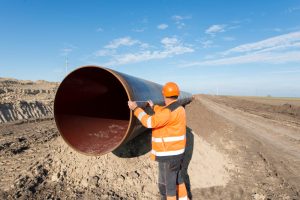Water is the essence of life. It shapes civilizations, nourishes ecosystems, and quenches our thirst. But when rain meets modern city landscapes, it encounters a complex network of sewerage systems designed to manage and direct its flow. The interplay between rainwater and sewerage is a dance of nature and engineering, and understanding it is crucial for sustainable urban living.
The Journey of a Raindrop
When rain falls on natural landscapes, it is absorbed by the ground, replenishing aquifers and nurturing plants. However, in urban areas, impervious surfaces like roads and buildings prevent this natural infiltration. Instead, rainwater becomes runoff, which can lead to flooding if not managed properly. This is where sewerage systems come into play.
Sewerage Systems: At first glance, sewerage systems might be associated solely with wastewater from homes and businesses. In reality, these intricate networks also manage stormwater, especially in areas prone to heavy rainfall. There are generally three types of sewerage systems:
Sanitary Sewers: These are designed exclusively for wastewater, ensuring it reaches treatment plants to be purified before being released into water bodies or recycled.
Stormwater Drains: Specifically for rainwater runoff, these channels prevent flooding and direct rainwater away from urban areas, often releasing it into rivers, lakes, or the sea.
Combined Sewers: As the name suggests, these systems handle both wastewater and stormwater. They are more common in older cities, and while efficient in terms of infrastructure, they can be overwhelmed during heavy rainfall, leading to potential sewage overflows.
The Challenge of Combined Sewers
When heavy rains inundate combined sewer systems, they can overflow, releasing untreated sewage and rainwater into natural water bodies. This not only pollutes the environment but also poses health risks. Modern cities are now investing in infrastructure to separate these systems or increase their capacity to handle voluminous rainwater.
Rainwater Harvesting: A Sustainable Solution
Given the challenges of managing rainwater in urban areas, many cities are turning to sustainable solutions like rainwater harvesting. This involves collecting rainwater from roofs and storing it for later use, reducing the load on sewerage systems. Harvested rainwater can be used for gardening, flushing toilets, and even drinking after proper treatment.
Green Infrastructure: Working with Nature
Green Roofs: Covered with vegetation, they absorb rainwater, reduce runoff, and provide insulation.
Rain Gardens: These are shallow depressions planted with native vegetation that can absorb rainwater runoff, acting like natural sponges.
Permeable Pavements: Unlike traditional pavements, these allow water to seep through, reducing runoff.
The Environmental and Economic Benefits
Managing rainwater efficiently has numerous benefits:
Reduces Flooding: Effective sewerage and rainwater management systems prevent urban flooding, protecting property and lives.
Conserve Water: Harvesting rainwater reduces the demand for municipal supplies, ensuring water sustainability.
Protects Water Bodies: Preventing sewer overflows ensures rivers, lakes, and oceans remain clean.
Looking Ahead: The Future of Rainwater and Sewerage Management
As climate change brings erratic rainfall patterns, with sudden downpours and prolonged dry spells, the importance of efficient rainwater and sewerage management becomes paramount. By harnessing technology, embracing sustainability, and working in harmony with nature, we can ensure that our cities remain resilient and our water sources unpolluted.
In conclusion, the dance between rainwater and sewerage is an ongoing one, with each step echoing the delicate balance between human needs and environmental sustainability. As we continue to learn and innovate, we can hope for a future where every raindrop is a blessing, not a challenge.





